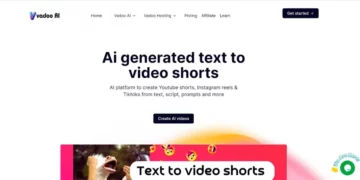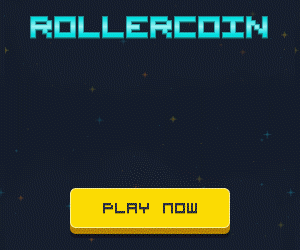Robotics and artificial intelligence are advancing by leaps and bounds, but what happens when these two disciplines intersect? Boston Dynamics, known for its canine robot Spot, has decided to give it a “voice” by integrating ChatGPT, the OpenAI language model. A few months ago, we already saw the first steps with this integration, and now we have a video with many more details.
The Synergy of Boston Dynamics and ChatGPT
Boston Dynamics and ChatGPT have joined forces to provide the Spot robot with speech capabilities. While Boston Dynamics has focused on the mechanics and autonomy of the robot, ChatGPT brings the ability to generate text coherently. The combination of these technologies allows Spot to interact with humans in a more natural way, albeit within certain limits.
Conversational Canine: Spot’s New Persona
Not only can Spot speak, but it can also adopt different programmed personalities. From a “precious metal cowgirl” to a “Shakespearean time traveler,” these personalities add a touch of entertainment to the interaction, although it is important to remember that they are scripted and not autonomous consciousness.
Development and Testing: Pushing Boundaries
The Boston Dynamics team didn’t just stop at the basic integration of ChatGPT with Spot. They conducted proof-of-concepts and internal demonstrations to explore the potential of Foundational Models (FMs) in robotic applications. These models, which have millions or even billions of parameters, have shown emergent behavior, meaning they can adapt to tasks for which they were not directly trained.
Real-Time Autonomy: Improvisational Robots
One of the areas of interest was the use of Large Language Models (LLM) such as ChatGPT to make real-time decisions. This was achieved by feeding sensory and location data into the language model, allowing the robot to describe its environment and plan future actions. In this sense, the LLM acts as an improvisational actor, following a general script but filling in details on the fly.
Interaction and Emergent Behavior
The team was surprised by the level of emergent behavior displayed by the robot. For example, when asked who his “parents” were, Spot turned to previous models of himself and identified them as his “elders.” Although this does not indicate awareness, it does show the power of statistical association in these models.
Technical Limitations and Challenges
However, the technology has its limitations. Latency in the robot response can be high, and the model sometimes generates incorrect information. These are challenges that need to be addressed in future iterations.
The Future of Robotics and AI
With this project, Boston Dynamics has demonstrated that the combination of artificial intelligence and robotics has great potential. But beware, it is easy to get carried away with the idea that these robots “understand” their environment and the actions they can perform. However, it is crucial to distinguish between coherent text generation and actual understanding. Language models, however advanced, do not possess awareness or understanding.
Explore the Possibilities
The integration of ChatGPT into Spot opens up a range of possibilities for the future of robotics and AI. From customer service to museum support, the applications are numerous. But it is vital to approach these advances with a critical eye, understanding both their capabilities and limitations.
Conclusion
In a world where robots are becoming increasingly integrated into our daily lives, the collaboration between Boston Dynamics and ChatGPT represents a significant step forward. This partnership showcases the potential of AI in enhancing the capabilities of robots like Spot, making them more interactive and versatile.
FAQs
1. What is ChatGPT?
ChatGPT is an AI language model developed by OpenAI, designed for natural language understanding and generation.
2. Can Spot understand and respond to complex questions?
Spot can generate coherent responses, but its understanding is limited to text generation based on patterns and training data.
3. What are the potential applications of this integration?
The integration of ChatGPT into Spot opens doors to applications in customer service, museum interactions, and more.
4. Are there any challenges with this technology?
Latency in robot responses and occasional generation of incorrect information are some of the technical challenges to be addressed.
5. Does Spot have consciousness or awareness?
No, Spot does not possess consciousness or awareness. It generates text responses based on pre-trained data.
In a world where technology continues to evolve, the fusion of robotics and artificial intelligence is creating exciting possibilities, and Boston Dynamics’ Spot with ChatGPT is a shining example of what the future holds.
Follow us on our social networks and keep up to date with everything that happens in the Metaverse!
Twitter Linkedin Facebook Telegram Instagram Google News Amazon Store












































